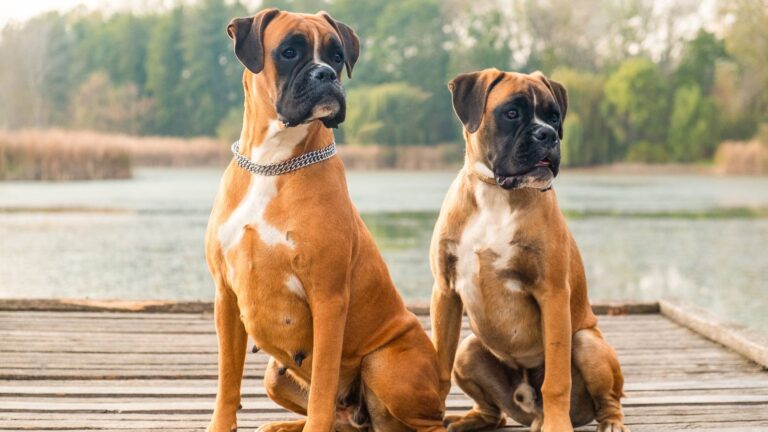Despite what some may think, dogs can be wonderful companions for senior citizens, encouraging them to stay active, socialize, and fend off loneliness. However, breeds that are overly energetic or have demanding care requirements are usually not ideal for older adults. To assist in finding the perfect furry friend, here are 18 dog breeds that seniors should avoid at all costs.
Great Dane
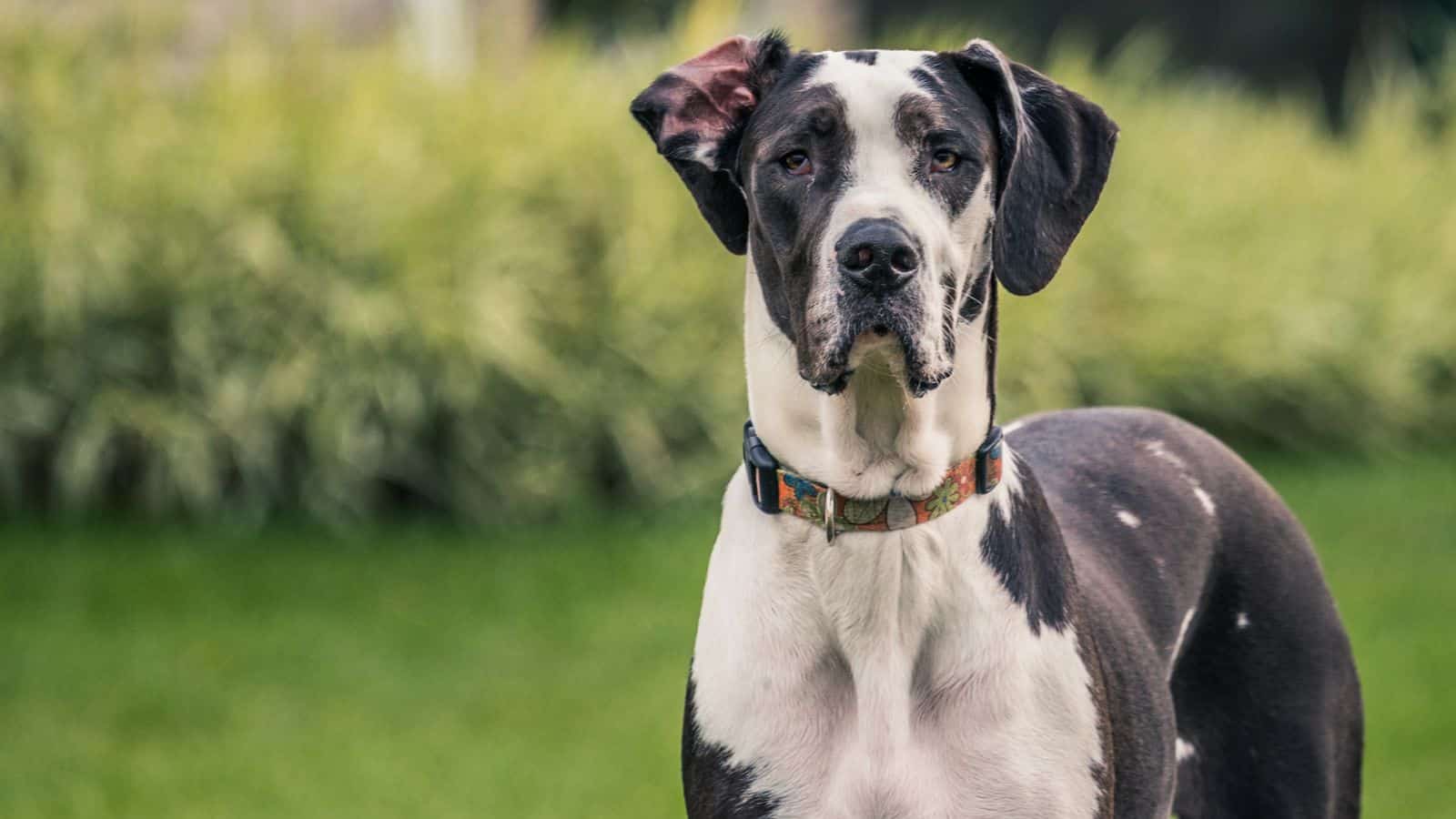
Great Danes are often referred to as gentle giants, so they won’t typically throw their weight around too much. However, the Guinness World Records reports that they are the tallest dog breed in the world, so their huge size can still make them difficult to handle. They require plenty of living space and can accidentally knock over people or furniture, so they’re not usually a great choice for older adults.
Boxer
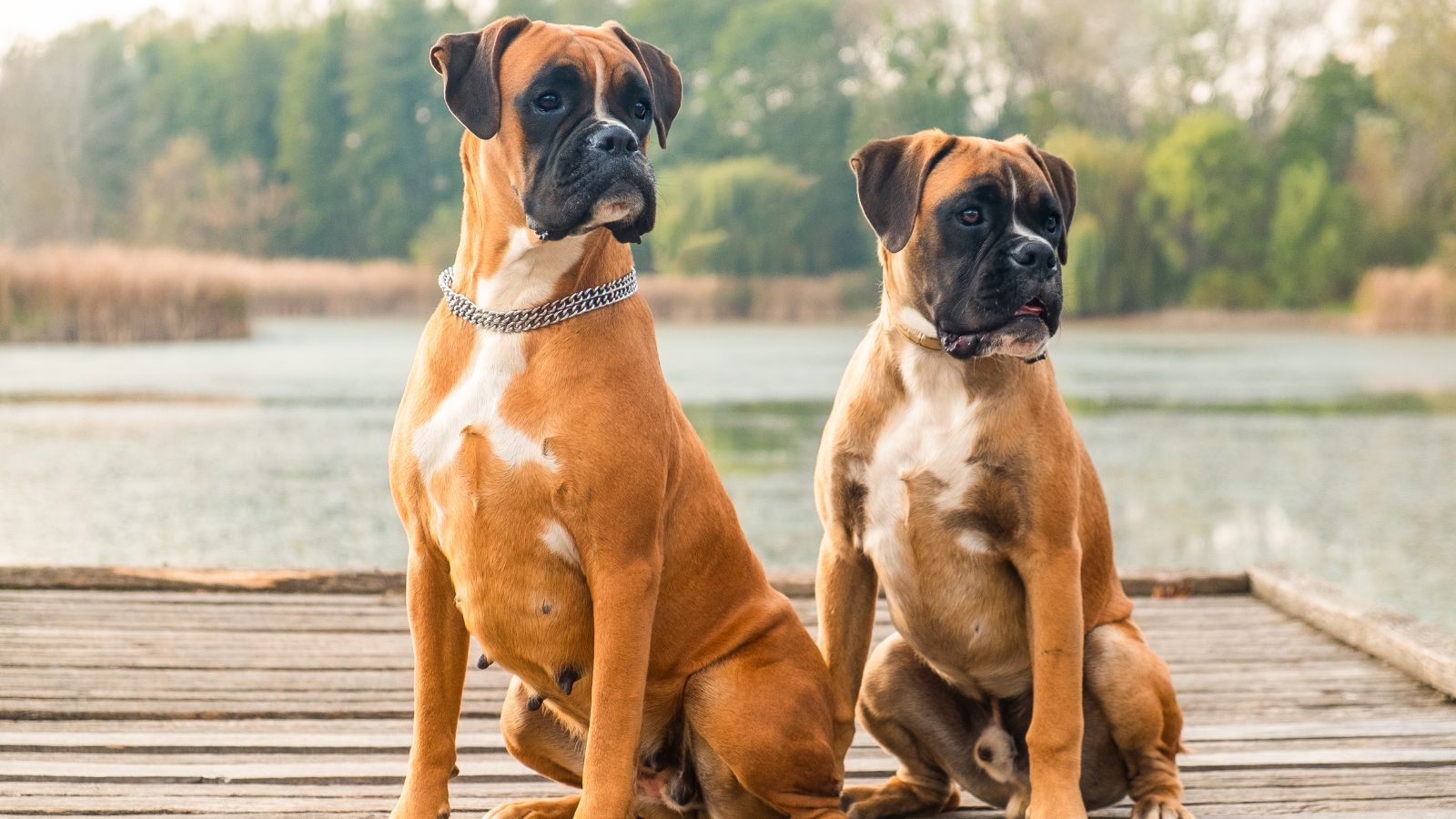
Boxers are famously full of life and energy, so they require plenty of physical and mental stimulation to keep them healthy and happy. This can make them difficult for seniors to keep up with, especially in cases where they accidentally knock over furniture or people.
Siberian Husky
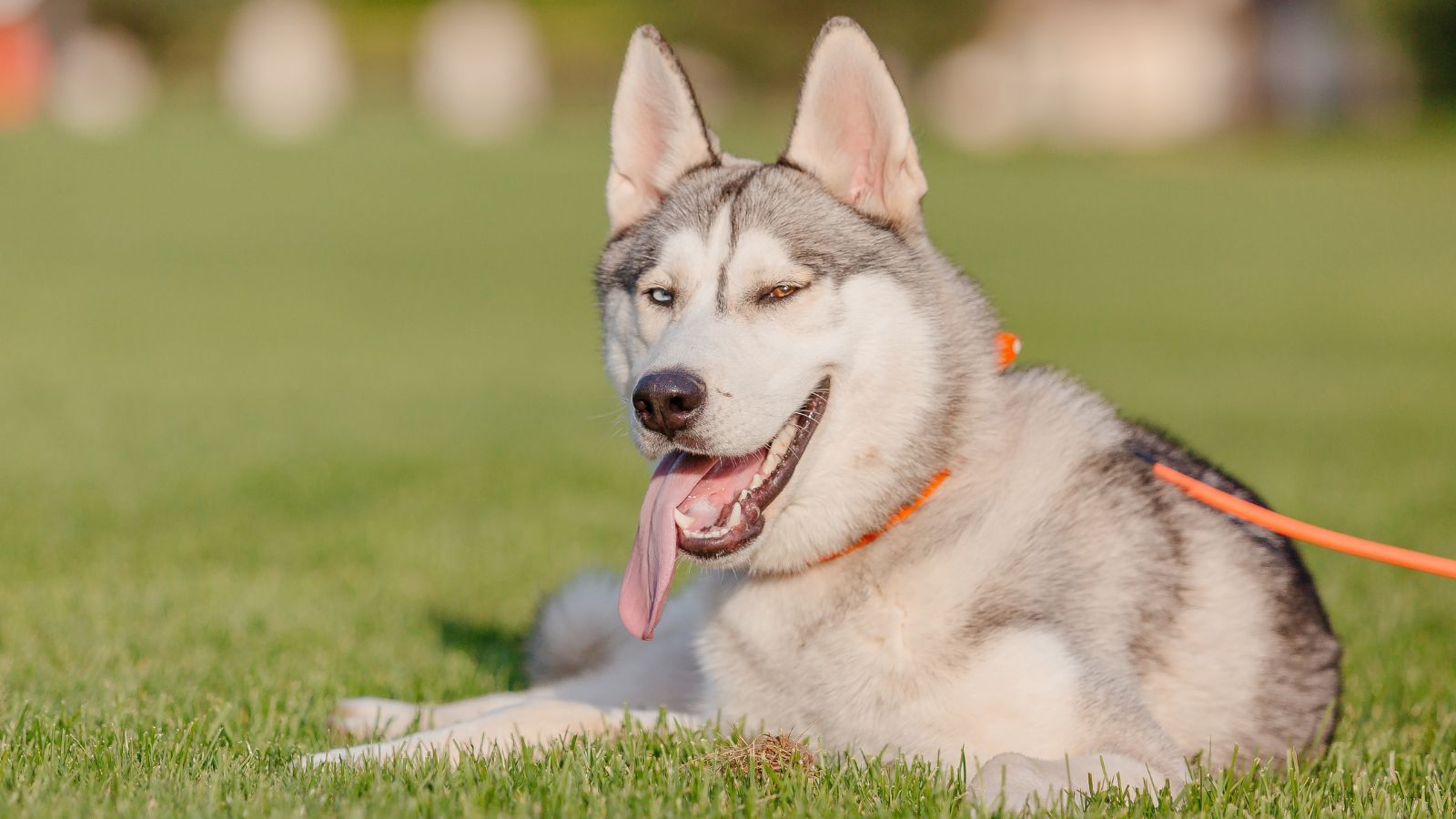
Siberian Huskies are known for being big, furry drama queens with a whole lot of personality. But unfortunately, because they require a lot of exercise to offload their energy, they don’t make the best pets for seniors. They also have an independent streak, which can make them more difficult to train.
Australian Shepherd
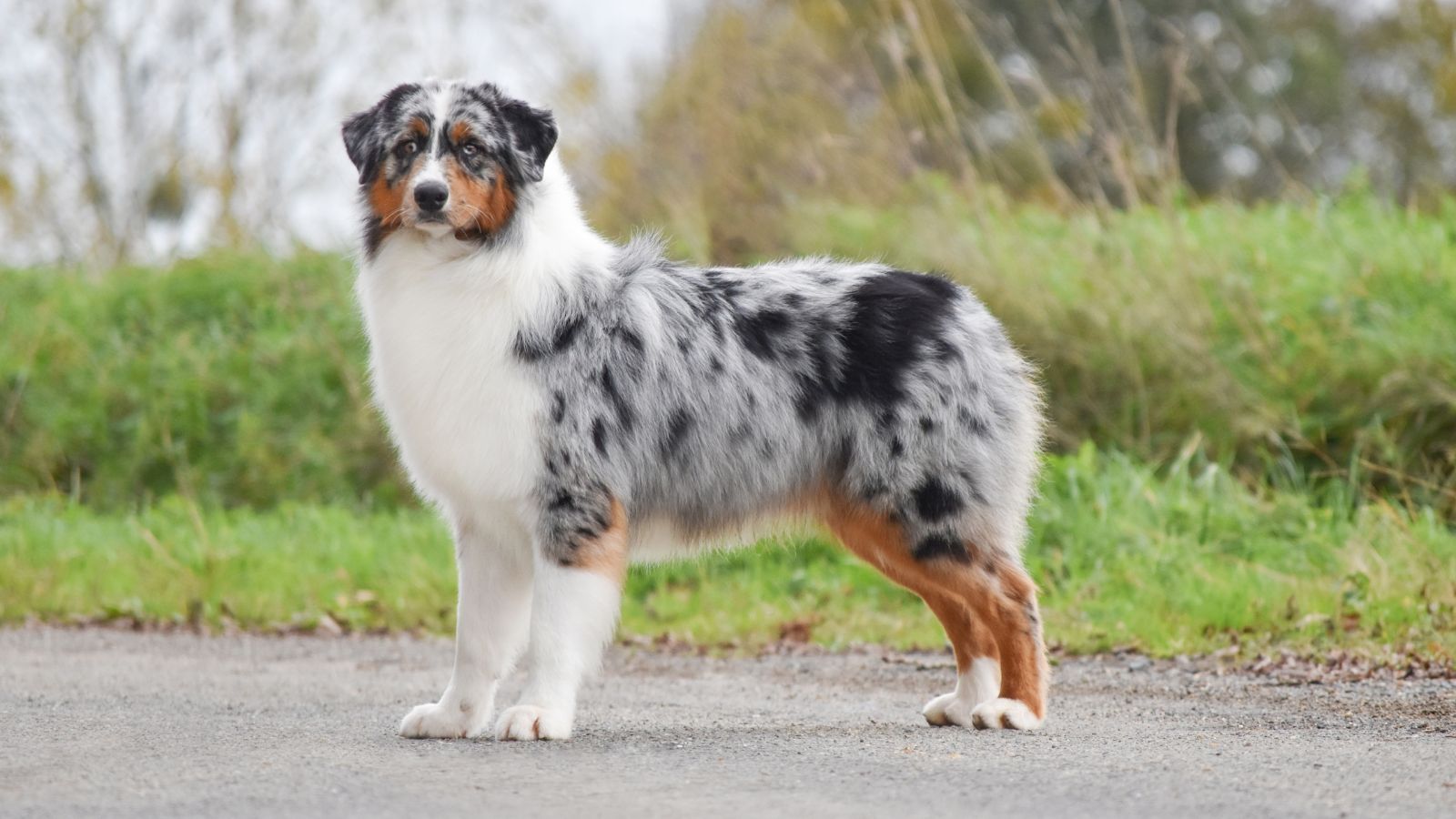
Australian Shepherds are energetic dogs that need plenty of mental and physical stimulation to keep them happy and healthy. Their natural herding instincts can also cause them to have problems with nipping at the heels of kids and other animals. For these reasons, it’s best to avoid this breed if you prefer a quiet life.
Border Collie
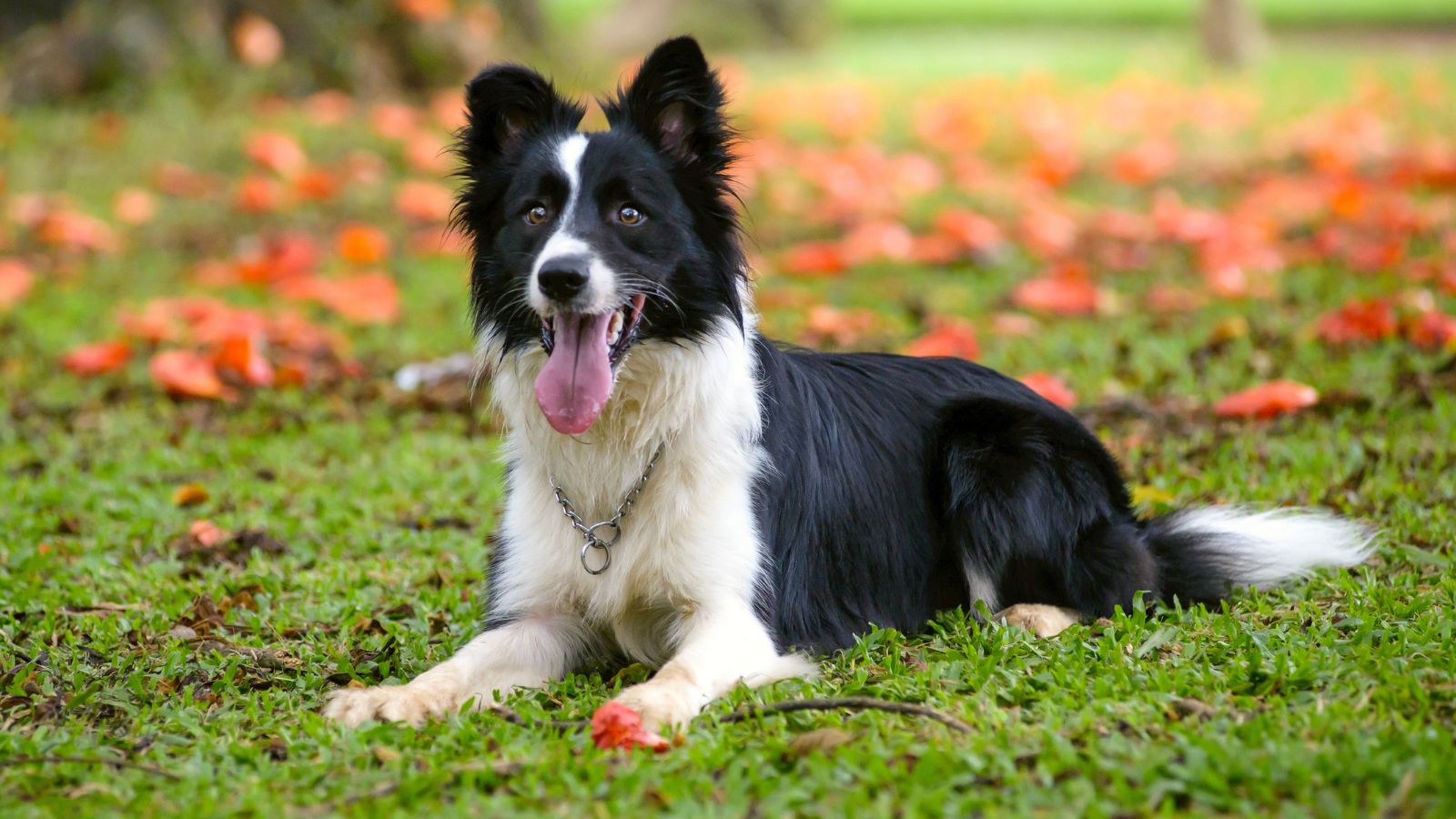
According to Reader’s Digest, Border Collies are likely to be the most intelligent dog breed in the world. While this may make them an attractive option for many people, it comes at the cost of a strong need for mental challenges and stimulation. They are also extremely energetic and need plenty of daily exercise, which can be challenging for some older adults to engage in.
Dalmatian

Dalmatians are fairly large dogs that can be somewhat aloof and protective around strangers, so it’s very important to train and socialize them effectively. Because they were first bred as carriage dogs, Dalmatians are also quite energetic, meaning they need a lot of exercise to keep them satisfied.
Rottweiler

Rottweilers are very powerful dogs that need plenty of training from a firm leader to make sure they grow up to be well-mannered and safe around others. For this reason, it’s usually recommended that senior citizens opt for a less powerful breed that will be easier to train.
Weimaraner

Weimaraners are elegant dogs with a charming, distinctive appearance. But because they were bred to be hunting dogs, they are usually highly energetic and have a tendency to chase other pets and small animals. If you’re not very physically active, you’ll probably want to avoid this breed.
Jack Russell Terrier

While you may expect that Jack Russell Terriers should be small enough for anyone to handle, they can actually be very energetic and intense. They need plenty of physical and mental stimulation and can become destructive when they’re bored. You also need to watch out for issues with aggression towards other animals.
Belgian Malinois

Belgian Malinois are known for being exceptionally intelligent and energetic, which is why they’re so often used in military and police work. They’re also very powerful and can develop destructive tendencies when they don’t have a job to do, so they require a strong, experienced handler to keep them in check.
Cane Corso

Cane Corsos are huge, muscular dogs that can be hard to control for inexperienced owners and sedentary individuals. As noted by the CCAA, they can be very protective, aloof, and need a lot of mental stimulation, so they’re not the right fit for everyone.
Saint Bernard

Saint Bernards may be cute and fuzzy, but they’re also extremely large and strong, making them difficult for many seniors to handle. While they are known as gentle giants, their huge size can still make them difficult to manage, clean, and groom.
Akita

Akitas are large, muscular dogs originally bred in Japan for guarding and hunting roles. Because they can be very strong, dominant, and protective, they require an experienced handler with plenty of strength and willpower to properly train and socialize them. Their thick coats can also make grooming a challenge.
Chow Chow
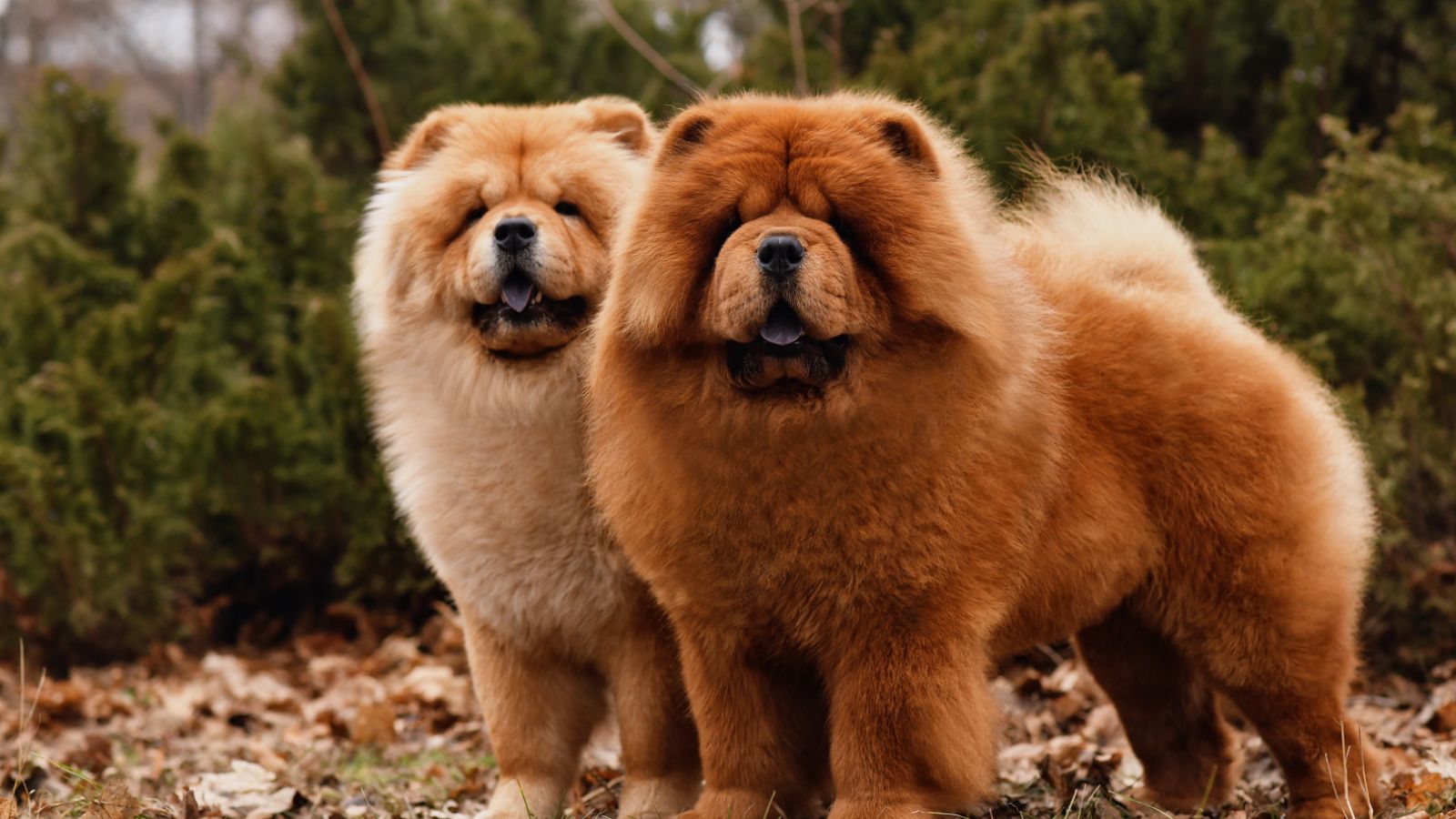
Chow Chows are adorable fur balls that originated in China. While they may look cute and unassuming enough, they need firm training and proper socialization to ensure they don’t become aggressive. In terms of temperament, they can be aloof and stubborn, making training more of a challenge.
Greyhound

You may be surprised to hear that despite their impressive speed, Greyhounds are pretty reserved and only have moderate exercise needs. However, they still need plenty of space to run around, and their strong prey drive can make them incompatible with other pets.
Bullmastiff

The Bullmastiff is a large, powerful breed that can be challenging for anyone to handle, especially senior citizens. They are typically protective in nature, so it’s important to train and socialize them properly to avoid issues with aggression. Bullmastiffs also often have a tendency to drool and snore, which some may find difficult to deal with.
English Bulldog

According to the RVC, English Bulldogs are twice as likely to develop health issues as most other breeds, making them significantly more difficult to care for. Their facial wrinkles also require regular cleaning to keep them hygienic and free from infections. While they don’t need a whole lot of exercise, their heavy weight can make them difficult to carry.
Shar-Pei

Shar-Peis are known for their stubbornness and independence, which can make them more challenging to train and socialize. They’re also more prone to skin issues and other health problems than other breeds, so it’s important to keep a close eye on them and take them for vet visits when necessary.

